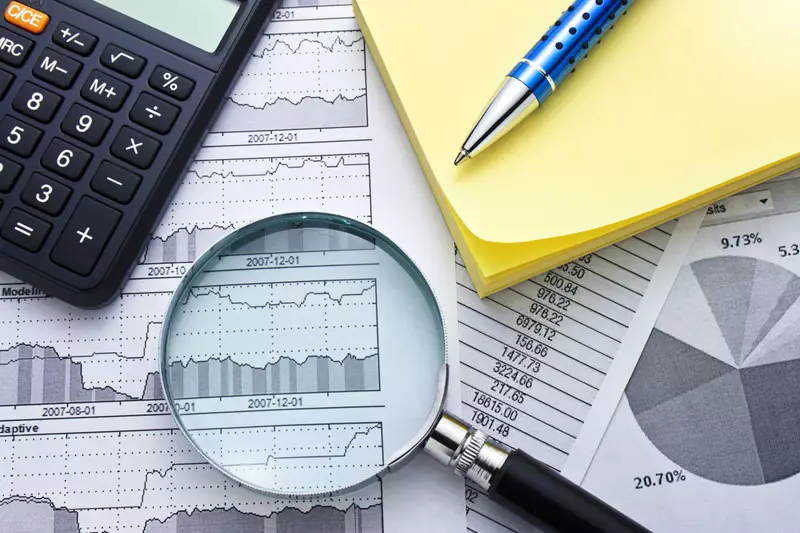In recent years, the U.S. dollar has maintained an iron grip on global currency markets, demonstrating remarkable resilience amid various economic challenges. A significant surge of over 7% against a basket of major currencies in the previous year has only added to its stature, with forecasts suggesting the possibility of the dollar achieving parity with the euro by 2025. This shift not only underscores the dollar’s dominance but also reflects the complexities of international finance as economies adjust to changing conditions.
The dollar’s robust performance can be traced to a number of factors, including sustained economic growth in the United States and strategic federal policies. The Federal Reserve’s decision to hold off on further interest rate cuts, alongside inflation concerns tied to imminent policy shifts from a new presidential administration, has polished the dollar’s appeal as a dependable store of value. As businesses and investors assess these dynamics, it’s clear that the dollar is likely to continue its upward momentum, leaving many to contemplate a world where alternatives to the dollar pale in comparison.
The unexpected resilience of the U.S. economy amid global uncertainties is a critical pillar supporting the dollar’s robust trajectory. Analysts are quick to highlight that such strength is rarely matched by other currencies, primarily due to economic stagnation and rising challenges within the Eurozone and beyond. As indicated in various financial surveys, strategists are increasingly cautious in their forecasts for the euro, anticipating it will struggle to maintain competitiveness against the dollar. With a forecasted rise to just $1.05 by year-end 2025, perspectives on the euro appear to be rooted in a broader understanding of economic fundamentals.
Furthermore, the allure of higher long-term Treasury yields is a formidable draw for foreign investors. Gaining exposure to U.S. assets comes with the additional cushion of relatively lower risks associated with economic policies. This reality forces currencies like the euro to contend not just with market perceptions but also with the stark differences in economic health and stability. As a result, the credibility of alternative currencies continues to wane, casting the dollar as a comfortable favorite.
Interest rates play a pivotal role in determining currency value, and current future projections support a limited outlook for the dollar’s downside. As expectations mount for additional rate cuts from the European Central Bank, the structure of interest rates will likely drive further divergence between the dollar and the euro. According to forecasters, any hints of diminishing rate cuts in the U.S. juxtaposed with anticipated reductions in Europe could further accentuate the dollar’s attractiveness.
This economic landscape burdens the euro, raising the stakes for those holding euro-denominated assets. The precarious balance of power in currency markets not only underscores the dollar’s status as a safe haven but also reinforces strategies for investors assessing risk-reward scenarios. In the face of anticipated rate cuts abroad, the dollar seems uniquely positioned to retain its stronghold.
Market sentiment concerning the dollar’s trajectory remains overwhelmingly bullish, possibly influenced by anecdotal outcome forecasts provided in professional circles. A considerable number of financial professionals foresee a surge towards parity for the euro and the dollar. However, cautious optimists remind us of the transitory nature of such trends, suggesting that while the dollar’s reign may appear on solid ground, fluctuations are inherent in an ever-evolving global marketplace.
For investors, staying attuned to changing sentiments and adjusting strategies accordingly will be crucial. As the dollar’s appeal appears to stem from various sources, experts advocate for a diversified approach. Holding an array of currencies alongside dollar-denominated assets could mitigate risks and harness potential upside as markets realign.
As we transition into the future, the U.S. dollar’s path remains fraught with uncertainty yet brimming with potential. The economic resilience evidenced will undoubtedly shape its trajectory against other currencies, such as the euro, which is grappling with its own set of challenges. The consensus among market strategists leans toward viewing the dollar not just as a currency but as a dominant global force with implications far beyond mere exchange rates.
Overall, while optimism for the dollar persists, the future remains contingent on myriad economic factors. Policymakers, investors, and citizens alike will be closely monitoring these developments, keen to navigate an increasingly complex financial landscape that continues to redefine the pillars of international finance.

